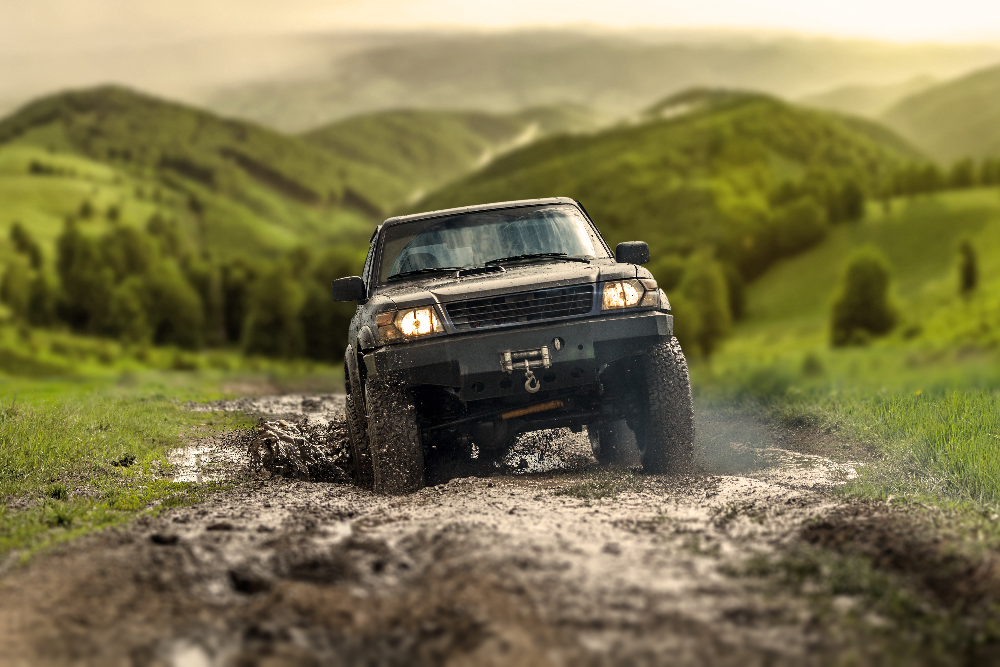Tips for tackling offroad driving might seem like pretty niche advice. However, it isn’t actually only for those who are rigging up some monster of a vehicle to go coasting over tough terrain and exploring the country far from the regular highways and byways. There are several situations in which you might find yourself needing to manage a bit of offroad driving.
For example, you might be off to a rural location, perhaps to visit relatives or to make it to a campsite or nature park. In such cases, you could well find yourself “offroading” for a least some of the way.
Any driver can find themselves occasionally traversing tough and uneven terrain and, although some cars might be particularly unsuited to this, there are always offroad driving tips that can help.
The hazards of offroad driving are also fairly unique. You probably won’t need to worry about skidding off the highway at speed and straight into the highway guardrail, but you could well find yourself navigating terrain with several ditches and holes into which your vehicle could fall. Or you might find yourself trying to get your vehicle out of mud or over tricky terrain without wrecking the vehicle’s suspension and ending up stranded.
So, offroad driving tips are useful for anybody who aims to become a good all-around motorist. They are not just for the daredevils.
Preparing Your Vehicles
Perhaps a spot of offroad driving is going to be an unexpected event on an otherwise smooth journey, in which case you won’t have the opportunity to prepare your vehicle for tackling tough terrain. Nevertheless, if you expect to be tackling offroad conditions, you can certainly prepare your vehicle for the challenge. Highway safety equipment producer, Valtir, off these tips:
Check Ground Clearance
This will not be much for most ordinary cars, but it’s something you should know about. If your car’s floor is sitsvery close to the ground, then you’ll know you need to avoid the larger obstacles such as rocks and brush.
Add Protection
This might be a bit too much of an investment for the odd single trip, but if you will be tackling offroad conditions regularly, consider adding some skid plates to protect the engine.
Check Your Tires
You will want to biggest possible tires on your vehicle for offroad driving (which will also raise your ground clearance). However, you will need ones that will actually fit your vehicle. Again, it may not be worth it for only a few trips in off-road conditions.
Tips for Offroad Driving
Here follows some tips for when your vehicle eventually encounters offroad conditions:
Drive Slowly
And that means very slowly, depending on how rough the terrain is. Tackling any obstacles at speed is a sure way to get stuck and to damage something.
Stay on the Trail
It is rare that an ordinary driver will be obliged to go truly offroad and over terrain that has not had any other cars drive over it. Normally, there will be something like a worn path or dirt road. Stick to this.
Survey the Land
Don’t just drive off the local road and through a field without having a proper look first. Stop, get out of your vehicle, and walk around for a bit. That way, you’ll know if it’s impossible.
Know When it’s Impassible
And speaking of that, you should always be willing to consider an alternative route if the ground just seems too marshy, obstacle-ridden, or uneven for you to drive over.
Off-roading in an ordinary vehicle is a pretty extreme situation to find yourself in. But you might encounter it, so you can prepare for it and, hopefully, can manage it.

